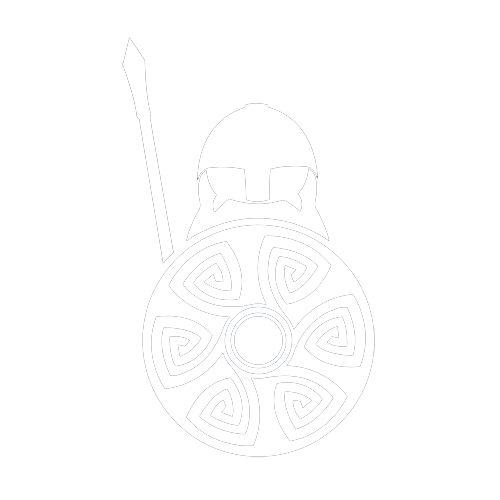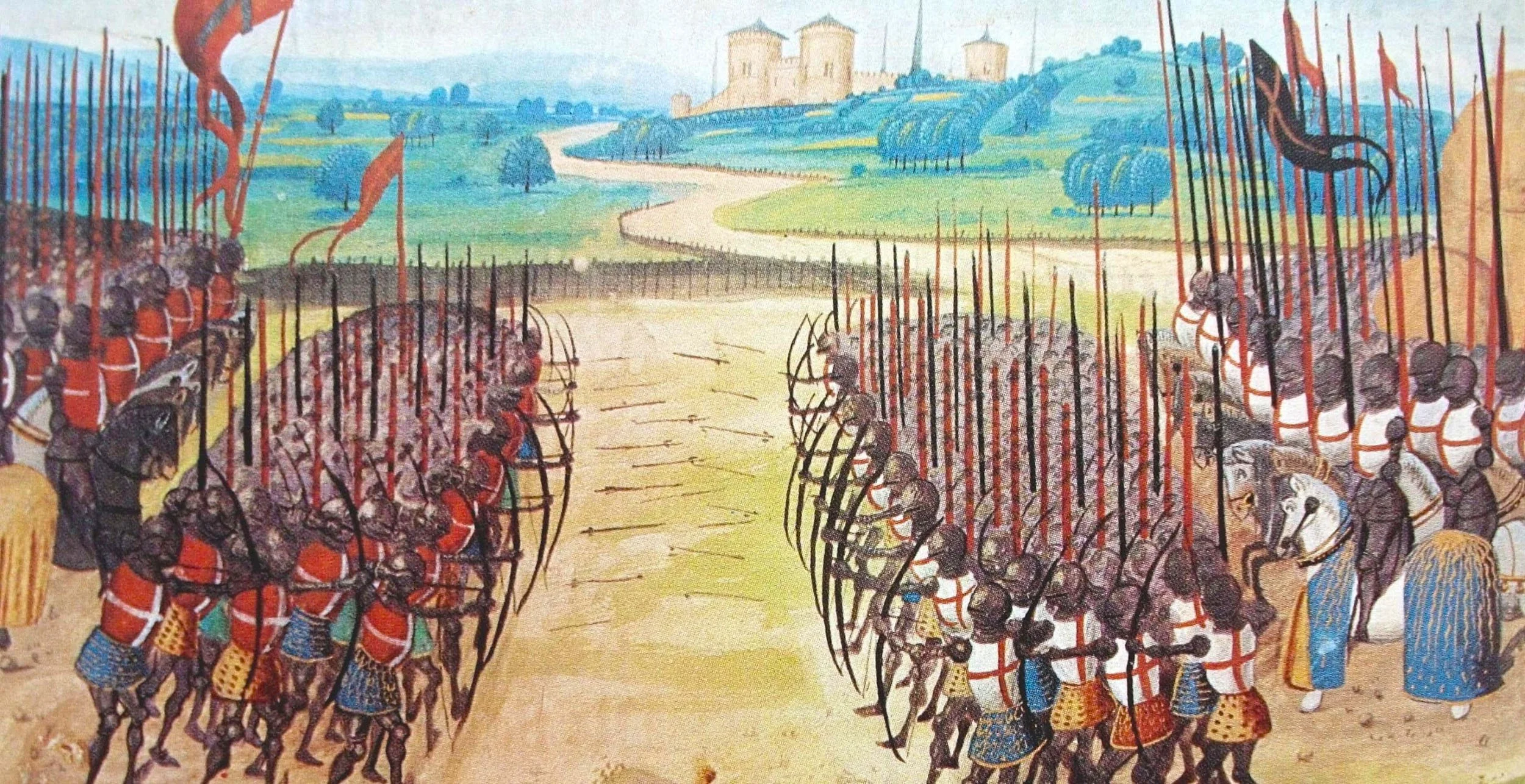The Medieval Longbow
The longbow was one of the most deadly medieval weapons of the middle ages that could be used by a single soldier. A small cluster of bowmen, each armed with the longbow, could wipe out scores of invaders with every 'loose' of the bow. A terrifying rain of arrows would fly through the air, and as some historical articles suggest, they would almost block out the sun! Edward I was so impressed with the longbow, that he ordered no other sport is to be played on Sundays, apart from archery. His aim was to ensure the English got plenty of practise with the bow!
The Longbow Design and History
The longbow was huge, around 6ft in length, made of Yew mostly, but also from Ash and Elm. It was very hard to pull back to the firing point, and the size had to be reduced for boys training.
“If French soldiers found English archers they would cut off their 2 bow fingers. Hence the insult of sticking up 2 fingers!”
It was first invented by the Welsh around the 11th Century, and first used during the Anglo-Norman invasion of Wales. Once the Welsh were incorporated into the English army, the longbow became better known as the English Longbow. From the English point of view, the use of the longbows were particularly effective during Edward III's reign, in the Hundred Years War against France, most famously at the Battle of Agincourt in 1415.
The Longbow at the Battle of Poitiers
To measure it's effectiveness by numbers, at the Battle of Poitiers in 1356, 20,000 English soldiers defeated 60,000 French soldiers. This single battle shows clearly how effective the longbow was as a weapon. The French broke away under the intensive fire, back towards Poitiers, where the French king was eventually captured and imprisoned in the Tower of London. His ransom was a mere 3,000,000 gold crowns!
The Longbow at the Battle of Crecy
At the Battle of Crecy, the French had around 8,000-10,000 crossbowmen, who had a firing rate of around 4 volleys a minute. However, this was no match for the English and Welsh Longbow men, who could volley up to 3 times faster, at 12 per minute! The French King Philip VI was enraged at the incompetence of his crossbowmen, and thus sent forward his cavalry, directly through his own men! At the end of the battle, the English had lost around 100 men, the French up to 13,000...
The longbow was not limited to land battles, but also used by the navy during the Battle of Sluys in 1340. The English archers reigned attack after attack onto tightly packed French ships, causing huge French losses once again.
The Longbow at the Battle of Agincourt
At the Battle of Agincourt on 25 October 1415, the English archers were positioned in a defensive formation and were able to rain arrows down on the French army as they advanced. The French knights, who were heavily armored and mounted on horseback, were no match for the longbow. Many were killed or injured by the arrows, and others were unable to move forward due to the bodies of fallen horses and men.
The longbow allowed the English to win a decisive victory, despite being outnumbered and outmatched in terms of armor and weaponry. The battle became a symbol of English military prowess and the effectiveness of the longbow.


